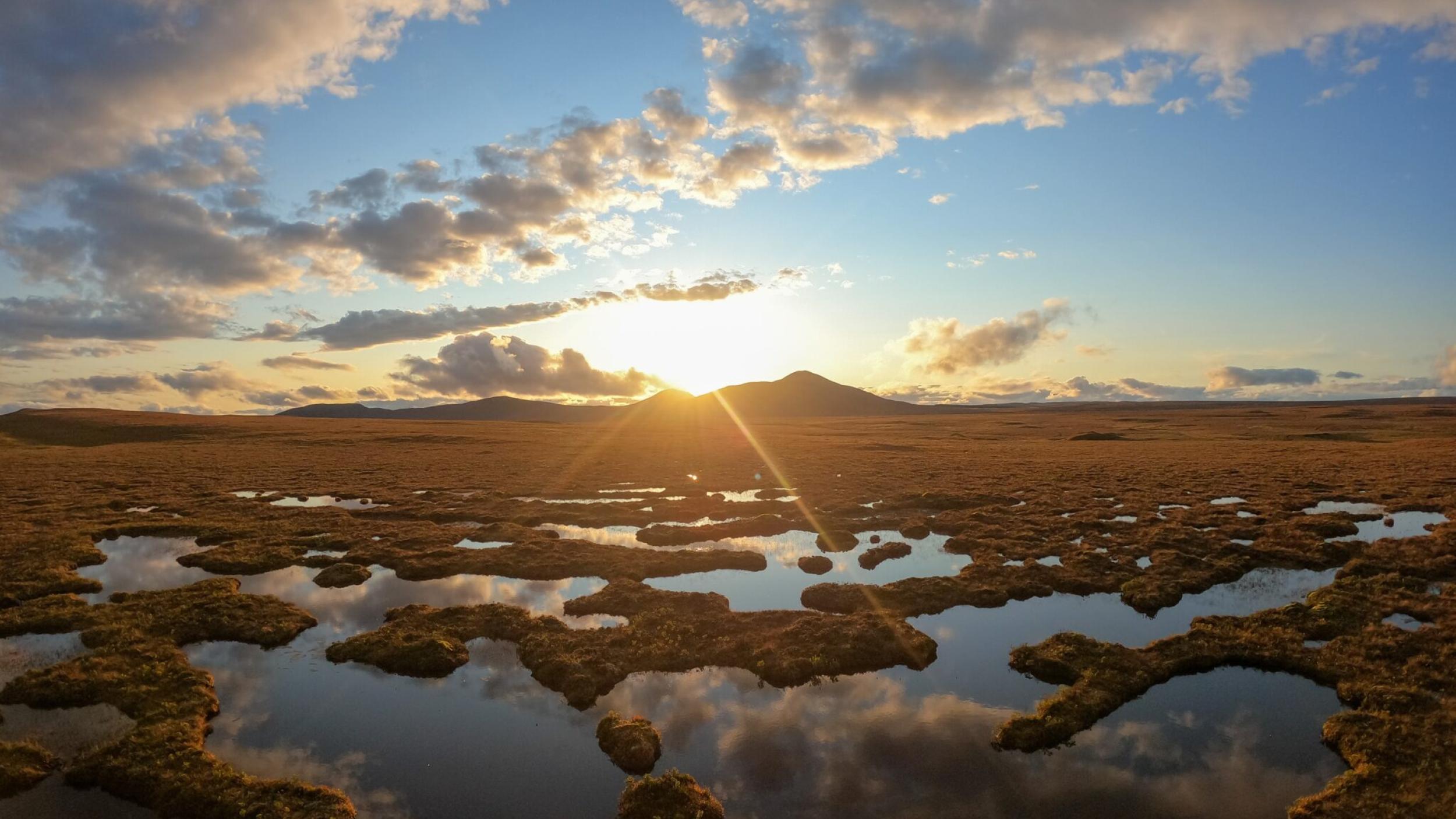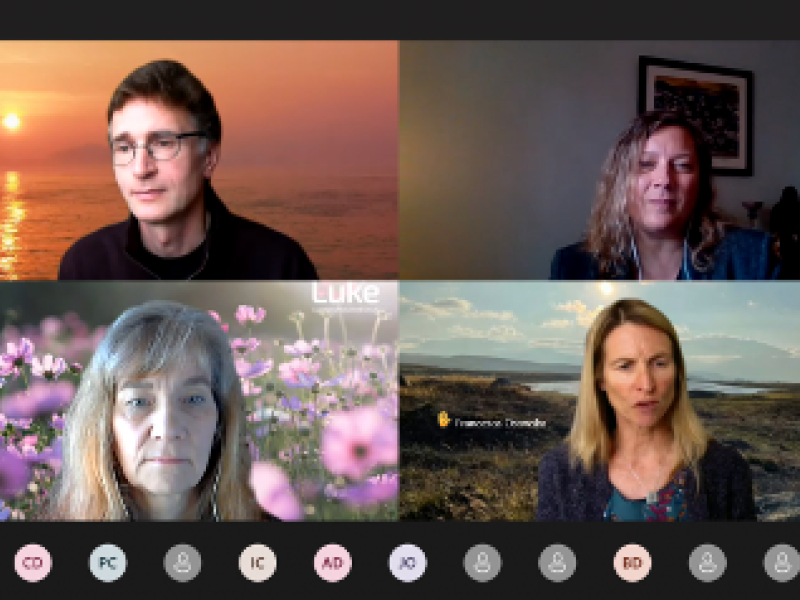
Peatland Restoration holds Great Potential
On 21st September an insightful event took place highlighting the crucial topics of environmental preservation and climate change mitigation; Nature-based solutions Webinar on Peatland Restoration, organised by Scotland House Brussels, NetworkNature and ICLEI Europe. The webinar gathered experts together to plan for future peatland protection and peatland restoration in Europe. The topic is especially timely due to the UN Decade on Ecosystem Restoration.
Speakers included:
- Francesca Osowska, CEO, NatureScot
- Anne Tolvanen, Director of the Climate Smart Carbon Cycle Research Programme, Natural Resources Institute Finland
- Stefan Leiner, Head of Unit Biodiversity, DG Environment
- Dianna Kopansky, UN Environment Programme, Global Peatlands Initiative

Head of the Biodiversity Unit at the European Commission (EC), Stefan Leiner, presents the EU‘s stance: “Investing in protection and restoration of peatlands is an EU priority – new legally-binding laws will be introduced“. The EU Biodiversity strategy has ambitious plans to restore ecosystems with the help of green infrastructure in urban areas, which can contribute to peatland protection.
Despite the fact that the benefits of peatland restoration far outweigh the costs, private landowners still gain more income from exploitation, which is why it is crucial to change the incentive systems on a local level, including solutions such as carbon markets. Leiner also stresses that action on the local level is important to achieve the EU targets, highlighting the work EC does with ICLEI Europe on developing guidance for including biodiversity in urban greening plans. This guidance can then be embedded into existing local and regional plans as a key paradigm shift.
“Peatlands are a carbon storing powerhouse. They are able to store more than double the carbon of all forests in the world!” Dianna Kopansky from the UNEP-led Global Peatlands Initiative reminded participants. Peatlands are also a true nature-based solution, they are a great carbon sink, house species and unique biodiversity, act as a microclimate and improve water quality. Widespread restoration efforts for this ecosystem type can really contribute to mitigating climate change, Kopansky highlights.
Francesca Osowska, CEO of Nature Scot, alerts that policymaking needs to catch up with the urgent need to restore peatlands: “30% of Scotland’s land area is peatland of some form – over 2.3 million ha. This area holds 1.7 billion tons of carbon. Due to degradation around 80% of the ha are degraded, this accounts for 50% of Scotland greenhouse gases”. This is slowly shifting with increased awareness around the topic and with Scotland being in the spotlight in the lead-up to COP26, which it hosted in November 2021. Osowska reminds participants that it is crucial to involve stakeholders in restoration efforts, especially landowners and regional and municipal governments.
Visit NetworkNature for the full recap on the Peatland webinar.
Following is a summary note of the event which will hopefully help in informing further discussions on the topic: Note – SHB Road to COP 26 Peatlands_210921